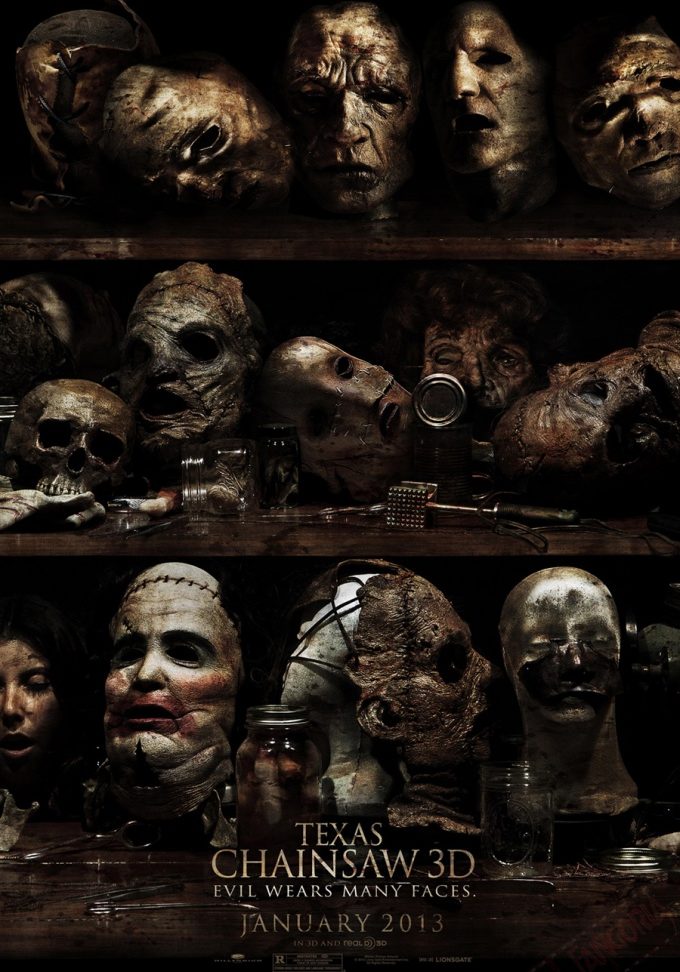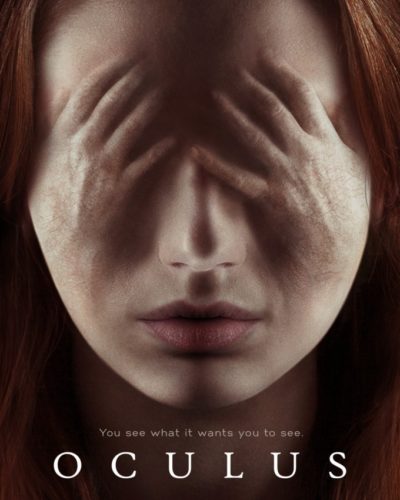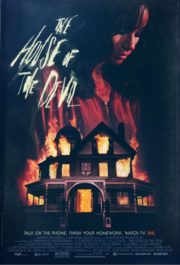Revving Up the Chainsaw: “Texas Chainsaw 3D” Unleashed
“Do your thing, cuz!” A line that might have been designed to echo through the decades, just as the relentless buzz of a chainsaw has haunted audiences since the 1970s. Director John Luessenhop’s “Texas Chainsaw 3D,” released in 2013, attempts to reignite the gruesome legacy of the Sawyer family. For the uninitiated, this film is both a sequel and a soft reboot that picks up directly after the horrific events of the 1974 classic directed by Tobe Hooper. It follows Heather, who discovers she has inherited a Texas estate from a grandmother she never knew she had. Unbeknownst to her, this inheritance includes a hidden resident with a penchant for power tools and a face only a mother—or cousin—could love.
Building a House of Horrors
Atmosphere and Tone: Crafting Terror in Broad Daylight
One might argue that “Texas Chainsaw 3D” vacillates between nodding respectfully to its gritty roots and fully embracing the horror tropes that have become commonplace in the 21st century. The atmosphere is a blend of the desolate Texas backdrop with a sinister, decaying mansion at its core. However, while its predecessor thrived on suspense and subtle dread, this iteration often opts for the visceral shock and awe of the gore aesthetic.
Through the Lens of Terror: Cinematography and Visuals
The cinematography, with its clean, contemporary look, stands in stark contrast to the grainy rawness of the original. Exploiting 3D technology, the film leans on gimmickry which, while momentarily engaging, does little to contribute to a lasting horror experience. The use of lighting and color leans on the warmer spectrum, perhaps to accentuate the gore, which is plentiful, though the film occasionally misses opportunities to use shadow and darkness to its full spine-chilling advantage.
Echoes of the Macabre: Soundtrack and Sound Effects
The role of the soundtrack and sound effects should not be understated. The film often employs a jarring, dissonant score that seeks to keep viewers on edge. However, it is the diegetic sounds—the roar of the chainsaw, the visceral screams, and the too-real slash of blade meeting flesh—that are often more effective than the music at inducing shivers.
Characters in the Crosshairs
When it comes to performances, the actors face the daunting task of reacting convincingly to absolute terror. Alexandra Daddario’s Heather oscillates between determined survivor and unwitting victim, sometimes missing the connective tissue that would endear her fully to the audience. The supporting cast ranges from serviceable to caricatural, with the standout being, unsurprisingly, the hulking menace of Leatherface himself, portrayed by Dan Yeager. His presence on screen often overshadows the less developed human characters.
Cutting to the Bone: Fear and Thematic Depth
Fear Factor: Mechanisms of Horror
“Texas Chainsaw 3D,” like its forerunner, is entrenched in body horror with a Southern Gothic twist. The stark brutality of certain scenes attempts to challenge viewers’ thresholds, as gore plays center stage over psychological scares. Yet the film seems to stumble in its shock tactics, which occasionally feel contrived. In terms of frights, sudden jumps are favored, though at times they lack the build-up necessary to elicit a true sense of dread.
Meatier Matters: Underlying Themes
While not particularly deep or thought-provoking, the film does dip its toes into themes of family loyalty and identity. However, these ideas don’t much resist the inexorable pull of the next gruesome set piece, leaving little room for exploration or nuance. One could argue that the film’s shallow exploration is a missed opportunity to elevate it beyond mere slasher fare.
Final Judgement: Is “Texas Chainsaw 3D” a Cut Above?
Ultimately, “Texas Chainsaw 3D” struggles to live up to the seminal nature of the original. It is a film that seems more comfortable retreading classic ground with modern tools rather than innovating. Gore enthusiasts and franchise loyalists may find some enjoyment in the blood-soaked nostalgia, but those seeking the unnerving, understated terror of the original will likely be disappointed. Viewers with a sensitivity to graphic violence should be cautioned, as the film does not skimp on the splatter.
Comparatively, fans of contemporary high-octane horror offerings such as the “Saw” or “Hostel” franchises might appreciate this movie more so than disciples of the slow-burn suspense genre. While “Texas Chainsaw 3D” is not without merit, its impact is somewhat blunted by its predictability and reliance on genre conventions, making it a spectacle of horror rather than a masterpiece. Nonetheless, for those seeking a bloody thrill ride with a side of Southern discomfort, it may serve as a decent escapade.




